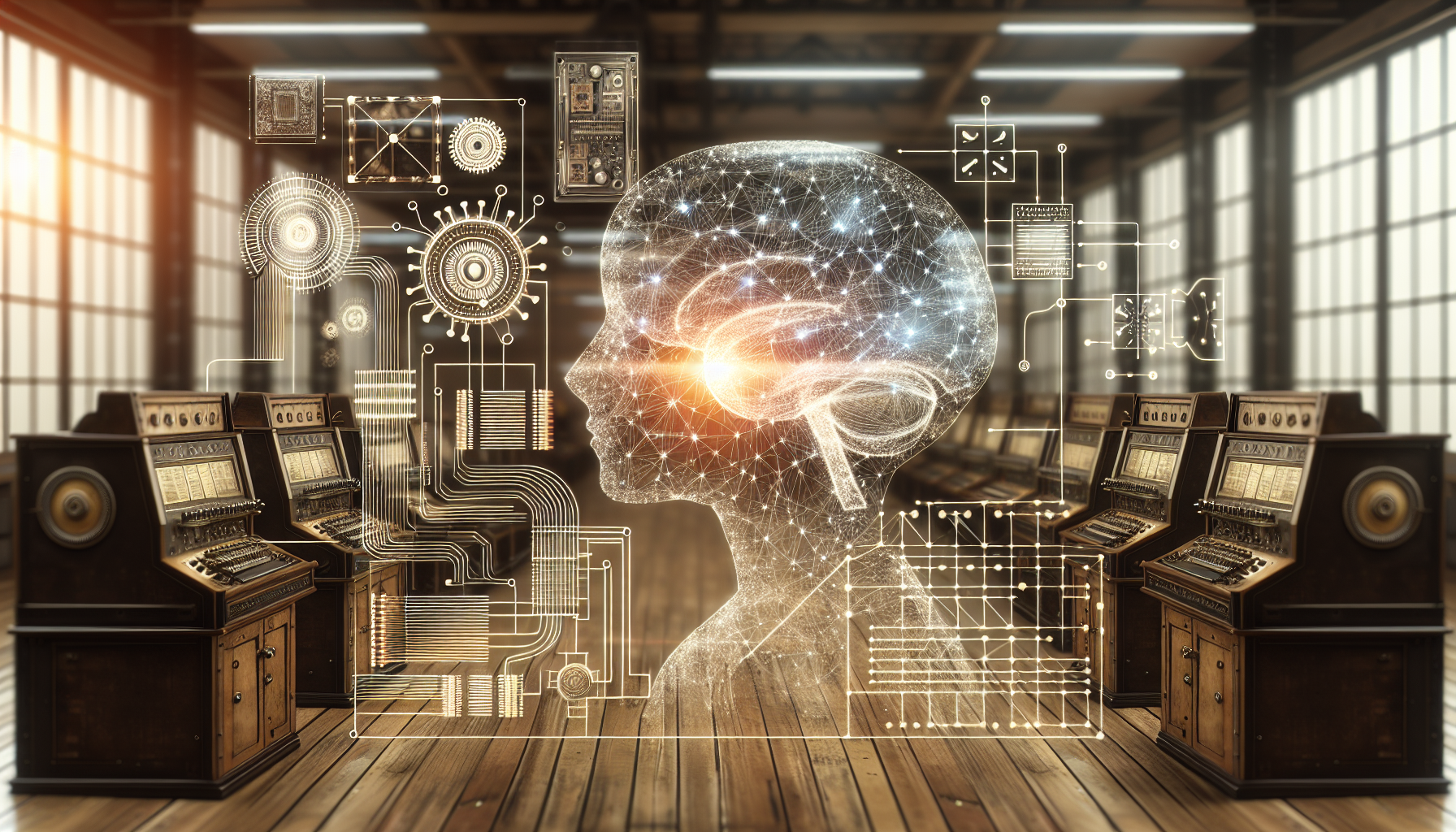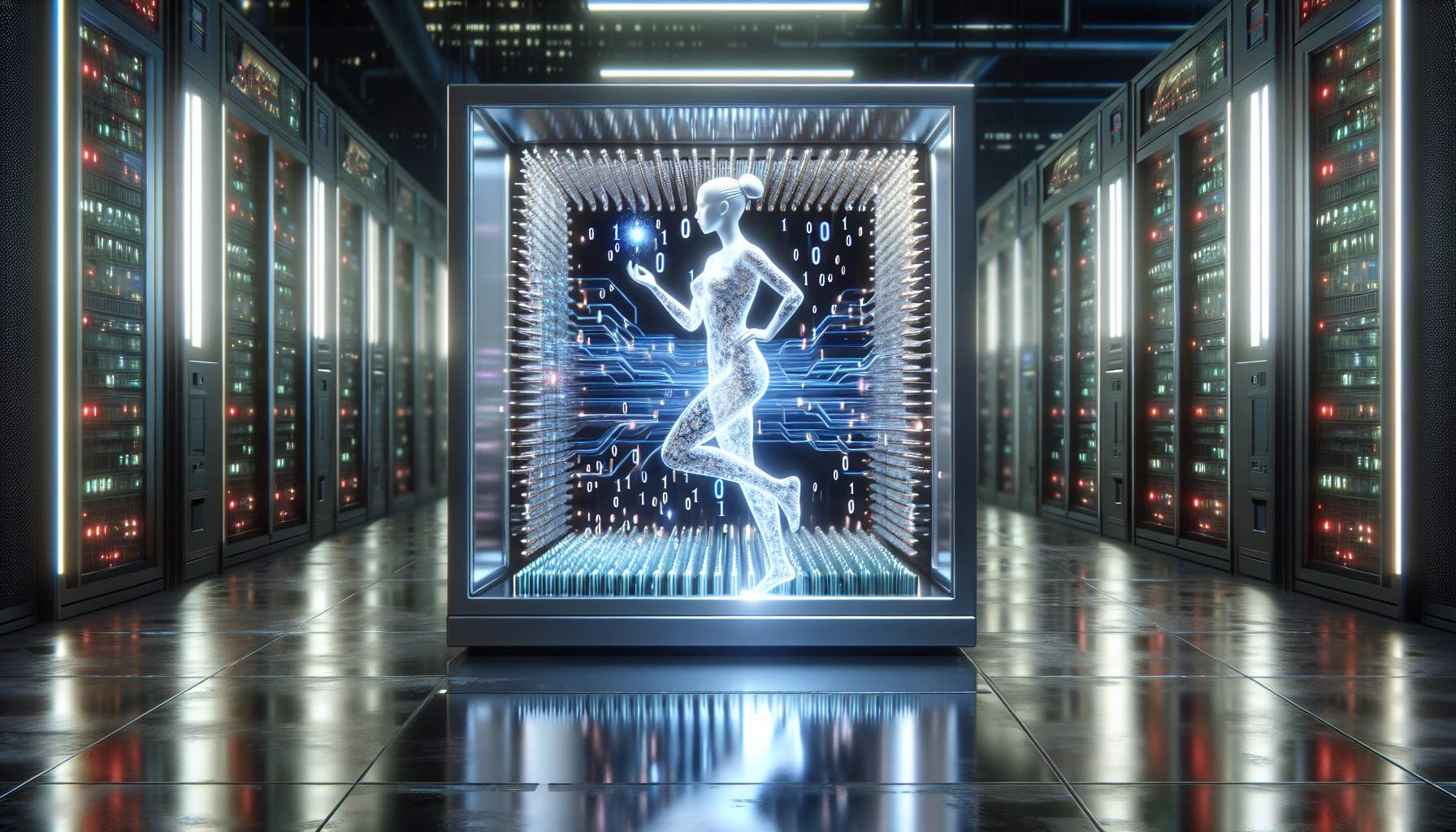
AI in Agriculture: Enhancing Efficiency and Boosting Crop Yields Through Comparative Analysis
October 21, 2025
Artificial Intelligence (AI) has emerged as a transformative force across diverse sectors, and agriculture is no exception. By integrating AI technologies, farmers are witnessing unprecedented advancements in efficiency and crop yields. This comparative analysis explores how AI applications are reshaping agricultural practices, offering a nuanced perspective on its potential benefits and challenges.
In the realm of agriculture, traditional practices have often relied heavily on human labor and intuition. While these methods have sustained societies for centuries, they face limitations in scalability and precision. AI, however, offers a compelling alternative, providing tools that enhance decision-making through data-driven insights. By comparing AI-integrated systems with conventional agricultural methods, one can discern the tangible benefits and potential pitfalls of this technological shift.
Precision agriculture stands as a hallmark of AI's influence, employing machine learning algorithms and data analytics to optimize farming practices. Unlike traditional methods that may involve uniform treatment across fields, precision agriculture harnesses AI to tailor interventions to specific areas. For instance, through AI-powered drones and sensors, farmers can monitor crop health, soil conditions, and moisture levels with remarkable precision. This targeted approach not only conserves resources like water and fertilizers but also enhances crop yields by addressing specific plant needs.
Moreover, AI facilitates predictive analytics, a game-changer in agricultural planning. Utilizing historical data and real-time information, AI systems can forecast weather patterns, pest infestations, and crop diseases. This foresight enables farmers to implement preemptive measures, mitigating risks and ensuring stable production levels. In contrast, traditional farming often reacts to challenges as they arise, potentially leading to significant losses.
The integration of AI in agriculture is not without its challenges. One notable concern is the accessibility of AI technologies for small-scale farmers, who may lack the financial resources or technical expertise to adopt these systems. While large agricultural enterprises can benefit significantly from AI-driven efficiencies, smaller farmers might find themselves at a disadvantage, exacerbating existing inequalities within the sector. Thus, efforts to democratize access to AI tools are crucial for ensuring equitable benefits across the agricultural landscape.
Another aspect of AI in agriculture is the ethical consideration surrounding data privacy and ownership. As AI systems collect vast amounts of data from fields and farms, questions arise about who owns this information and how it is used. Ensuring transparent data policies and protecting farmers' rights are essential to fostering trust and encouraging widespread adoption of AI technologies.
Despite these challenges, the potential of AI to revolutionize agriculture is undeniable. Beyond precision and prediction, AI-driven automation is transforming labor-intensive tasks. Autonomous tractors and harvesters, guided by AI, can operate with minimal human intervention, reducing labor costs and increasing operational efficiency. This shift not only alleviates labor shortages but also allows farmers to focus on strategic decision-making and farm management.
Furthermore, AI's role in sustainable agriculture cannot be overstated. By optimizing resource use and minimizing waste, AI contributes to environmentally friendly farming practices. For example, AI can help identify optimal planting patterns to reduce soil erosion and enhance biodiversity, aligning agricultural practices with ecological goals.
As AI continues to evolve, its applications in agriculture will likely expand, offering new tools and insights. The comparative analysis of AI-integrated systems versus traditional methods highlights a clear trajectory toward more efficient, productive, and sustainable farming. However, the journey is not without hurdles, necessitating a careful balance between technological advancement and ethical considerations.
What remains to be seen is how global agricultural policies and practices will adapt to these innovations. Will AI become a catalyst for agricultural progress that benefits all, or will it widen the gap between technologically advanced and resource-constrained regions? As we ponder these questions, it is evident that the dialogue surrounding AI in agriculture is just beginning, inviting us to explore its potential with an eye toward inclusivity and sustainability.


